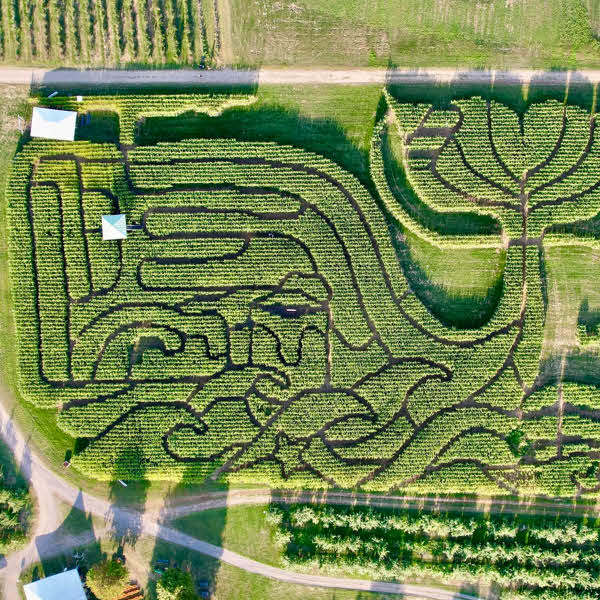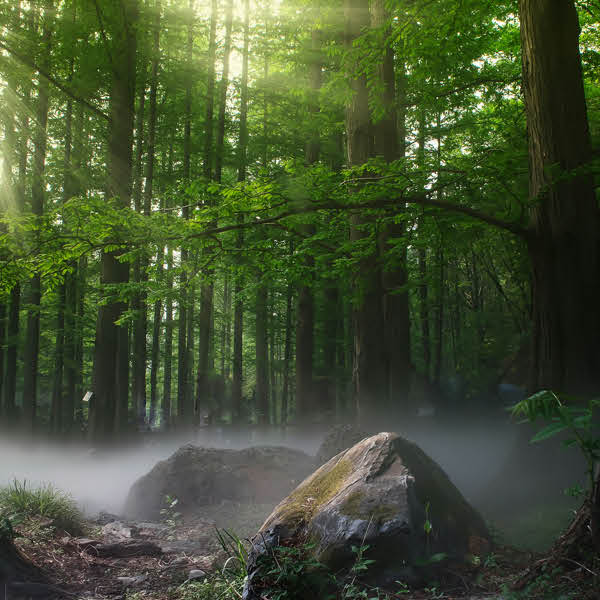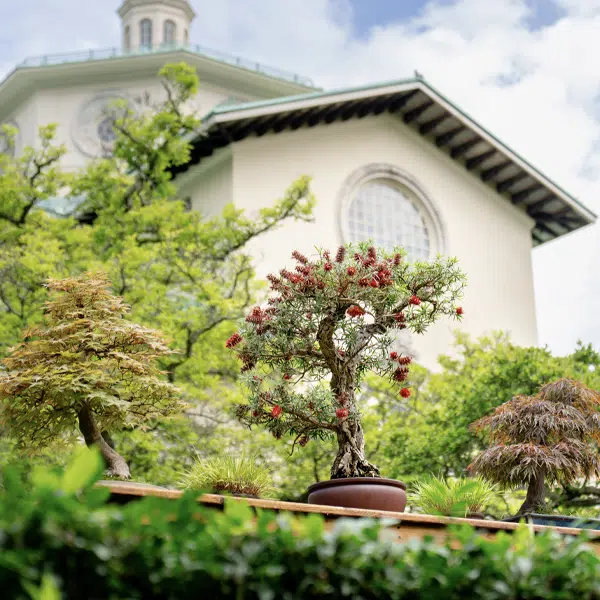View this post on Instagram
In J.R.R. Tolkien's The Lord of the Rings series, Ents are a sentient tree-like species that can walk and talk. While these creatures are sadly figments of the author's imagination, elements of Middle-earth do occasionally slip into our world. One recent example of this can be seen in New Zealand’s Tree of the Year contest, as this year's winner bears a striking resemblance to the mystical beings.
This year, the Tree of the Year award was given to a northern rātā (Metrosideros robusta), a flowering tree that is native to New Zealand. The species can grow up to 82 feet (25 meters) or taller, allowing it to tower over forest canopies. Impressively, it can live for up to 1,000 years. The rātā also has a unique shape—instead of one trunk, it has two, and these twin trunks extend down to make it look like the tree is walking, earning the entry the title of “The Walking Tree.” Clearly, this paid off, as the photo of the tree earned 42% of the public's vote in the final round of judging.
“The Walking Tree is a prime example of the remarkable trees that we, as New Zealanders, are fortunate to experience,” said Richie Hill, president of the New Zealand Tree of the Year contest. “This award recognizes the significant role that trees play within our communities, not only enhancing our local environments but also providing a sense of place for past, present, and future generations. The Walking Tree is an exceptional feature and a must-see destination, highlighting the uniqueness and diversity that exists within New Zealand’s notable tree population.”
In addition to its majestic appearance, the northern rātā also has a unique growing pattern. It starts as an epiphyte, meaning that it is a plant that grows on the surface of a tree, similar to a parasite. As it grows, the rātā's roots grow toward the ground and, eventually, entirely envelop its host tree, which could be the cause of its unusual shape.
h/t: [IFL Science]
Related Articles:
Artist Transforms Gallery Into a Fairy Tale Forest of Twisted Trees
Artist Creates Powerful Dragon Sculpture Out of Trees Destroyed by a Storm
Two Artists Turn One Tree Into a Different Installation Every Season






















































































